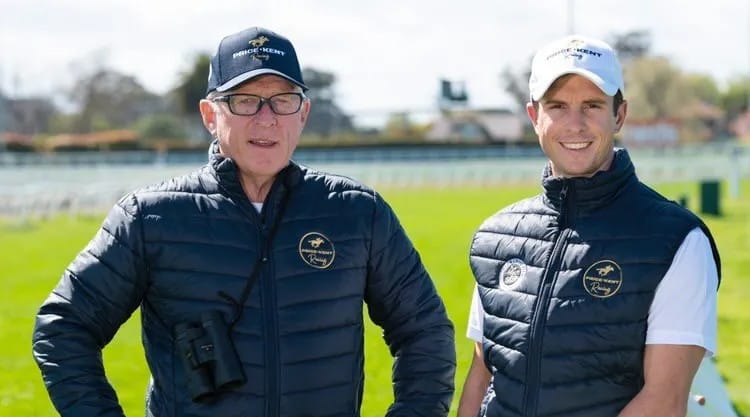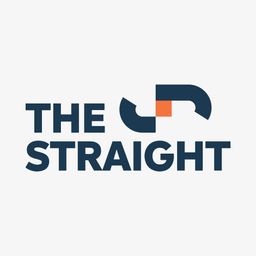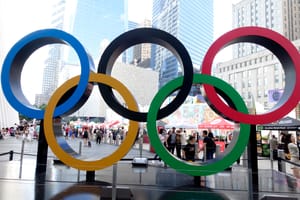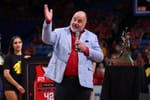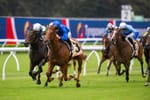Four of the top 10 stables in Australia this season have been in training partnerships. Be they family or strategic alliances, they have evolved to meet the need to compete in an era of super stables, writes Matt Stewart.
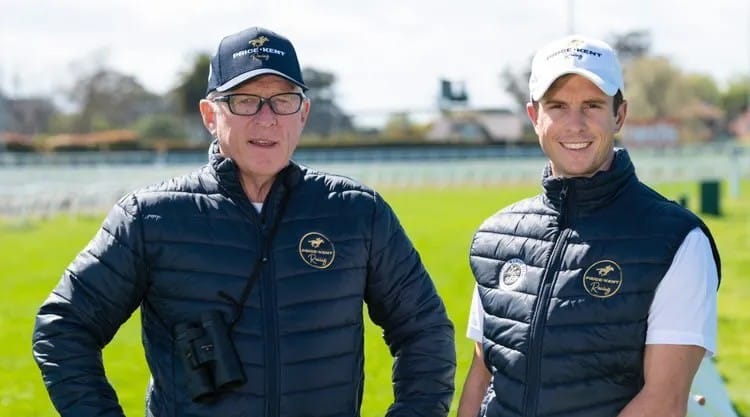
The proliferation of training partnerships, borne out of growing demands on mostly growing stables, has occurred despite initial caution from industry regulators.
There was an integrity niggle. The buck stopped with … whom?
Victoria has been the hot spot for partnerships as trainers grapple with a new phenomenon; the super stable. You either collapse or keep pace.
Within a decade of the first in 2006, most of the state’s biggest stables had co-captains. Three became sixty in less than 10 years. Sixty per cent were in Victoria. More are in the pipeline from a national pool of 3500 registered stables.
It was Racing Victoria’s role to establish parameters and ponder worst-case case scenarios.
As applications soared from 2015, racing became embroiled in a drug scandal. Cobalt positives, then controversially stern penalties, piled up.
Punishments within partnerships reflected interpretations that one was more guilty than the other. Hence a handful of split penalties, from three years to five.
There still exists the potential for tiered penalties in some cases but not for the most serious. There is now a heavy onus on each member of a training team.
Andrew Nicholl, whose tenure as head of the Australian Trainers Association came amid the surge in partnerships, said RV took some time to seek clarity on potential implications.
Regarding the 13 most clear-cut drug offences, including illegal TCO2 levels, RV’s view was unflinching; one in, all in.
This has been drilled into applicants. It does not suggest RV believed skulduggery was rife – far from it – but it instilled a firm message that actions of individuals would impact others.
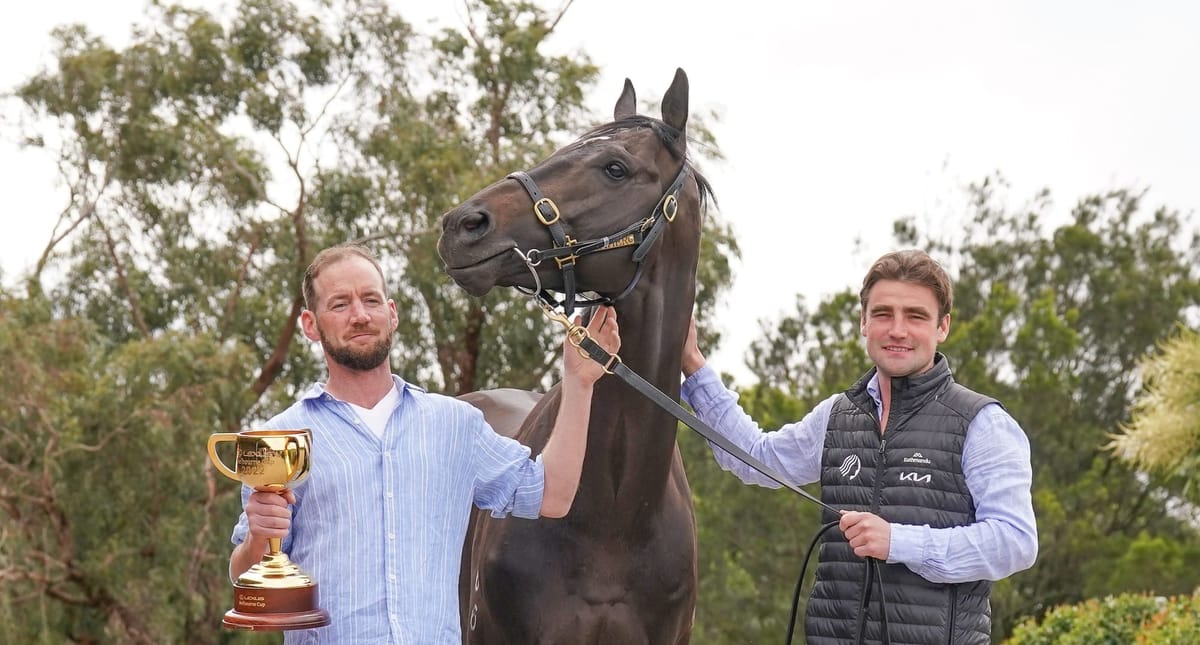
“Applicants are required to physically sit in front of a lawyer where it is clearly pointed out that under the rules of racing, there are joint and several responsibilities,” Nicholl said.
Partnerships are now regarded as essential evolution. Mick Price says he’d found himself run ragged to keep in touch with Peter Moody, Darren Weir, then Ciaron Maher and Chris Waller. He identified Mick Kent Jr as a good fit a handful of years ago and the partnership, with its efficiencies and specific roles, has enabled medium-sized Price/Kent Racing to keep pace with the giants.
“I thought I needed to get bigger, especially with the move to Cranbourne. It’s the nature of sport. You do what you do to keep up and the big two (Waller and Maher) had become massive,” Price said.
Nicholl says the pressure on stables had reached boiling point as partnership applications ramped up from about 2015.
“It gained momentum from 2014 to 2016 as the burden of training reached levels where something had to give,” he said.
“You’re not just a trainer these days. There is wall-to-wall racing, you have syndicates to deal with, media, you’re own stable media, international investors, yearling sales every other week. We are talking about large corporate training environments.
“It got to the stage where the top 10 per cent of stables were unable to cope, and to grow, without spreading the load.”
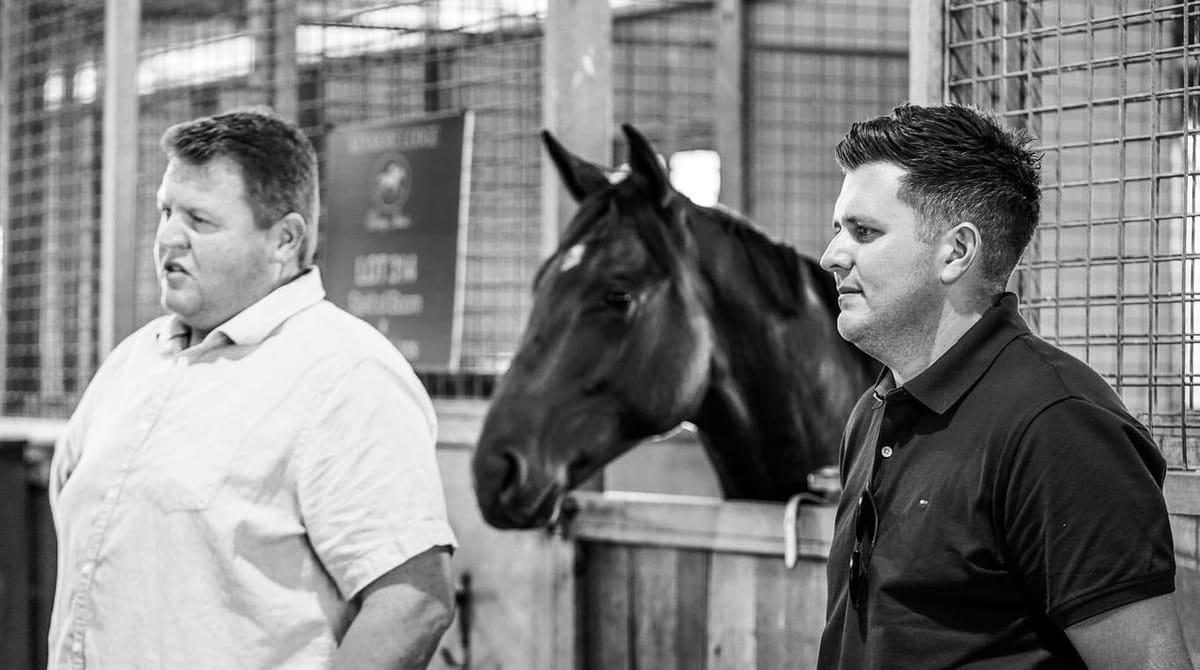
Nicholl said the catalyst had been the success of partnerships in New Zealand, albeit on a relatively provincial scale.
“It took 12-18 months to convince RV of the merit of it. It started in 2006 and the thought was that it would be a whiz-bang success from the start but there were just three applications.
“Early days, most were family setups and not really achieving the goal.
“The Hawkes family was an unusual one; it wasn’t two applicants, but three. For some time, NSW did not recognise their partnership.
There is a risk in saddling up and sharing both load and accountability.
Price knew little about Kent before making an offer that “gobsmacked” his soon-to-be partner.
“When I make a call on something I don’t dilly dally,” Price said.
He first chatted to Kent during yearling inspections in the Hunter Valley, then again at Newmarket in the UK where Kent was riding trackwork.
“We had a quick chat, I knew nothing about him but he seemed a polite young man with some quality. I observed him for a bit. Then I approached him at the yearling sales back home, asked if he’d be my training partner and pretty much gave him 24 hours to make up his mind,” Price said.
“He thought I was joking.”
Price says Ben Elam, the foreman of his Sydney satellite stable, has the same potential as Kent. Price envisages he may one day hand the business to the stable up-and-comers.
“I love those two kids. They have respect, they are people of integrity. I hope they stick together because they will be successful. Seeing them succeed gives me a huge thrill,” he said.
Price said he was working harder than ever – but working smarter.
“There is now a better spread of communication, the output is better,” he said.
“I can now concentrate on my top 80 horses and be confident about what’s going on around me. I’m sharing the burden.
“Michael has just returned from his honeymoon and I’ve tried to instil in him some life/work balance. But I’m still expecting six solid days a week from him.”
Price said Kent brought new range to the stable.
“Michael is potentially a very good trainer in his own right. He knows a hell of a lot about racehorses and he has quite a passion for recruiting horses, which is great. He is very well connected. I can be at home and I can trust what he’s doing over there (Europe),” he said.
“Imports are not absolutely my priority. I love yearlings, love trying to bring on a nice colt. But there is a market over there and that’s basically Junior’s area.”
Kitty Rose, a European mare who has been racing in good form in the UK for Price/Kent, and will compete in Melbourne this spring, “was all Junior’s work”.
“I can now concentrate on my top 80 horses and be confident about what’s going on around me. I’m sharing the burden" - Mick Price on his move into a training partnership
While Price/Kent is a registered partnership, the buck stops with Price.
“When I worked for the Freedmans, I remember asking “who makes the ultimate decision?” he said.
“The answer was – “we are a one-man committee.” (Meaning Lee called the shots).
“For alacrity and the proper running of any business, someone has to call it. I take on lots of opinions and advice but ultimately, I make the call. It’s just clearer and easier.”
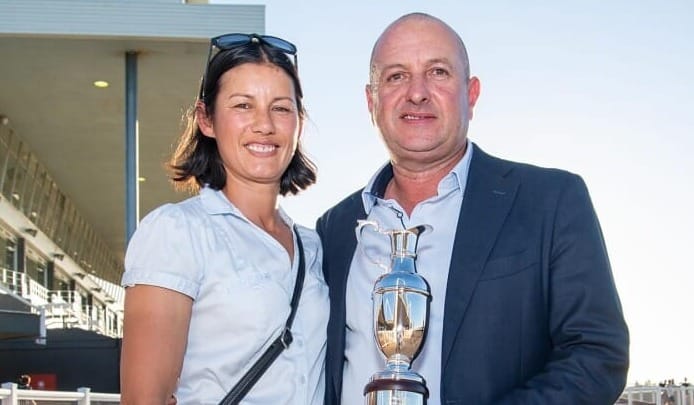
Some partnerships are more than racing stories.
John Symons and Sheila Laxon were brought together over 20 years ago up at Macedon Lodge. Symons was the in-house trainer, with Bel Esprit the stable star, and Laxon the Kiwi interloper using the hilly property to train her Cups candidate Ethereal.
Love flourished during the Sydney autumn of 2002, the year Ethereal won The BMW at Rosehill. The bond was greatest when Symons was diagnosed with aggressive cancer in 2019 and the life and career partners stared down a crisis that would test the true meaning of “partnership”.
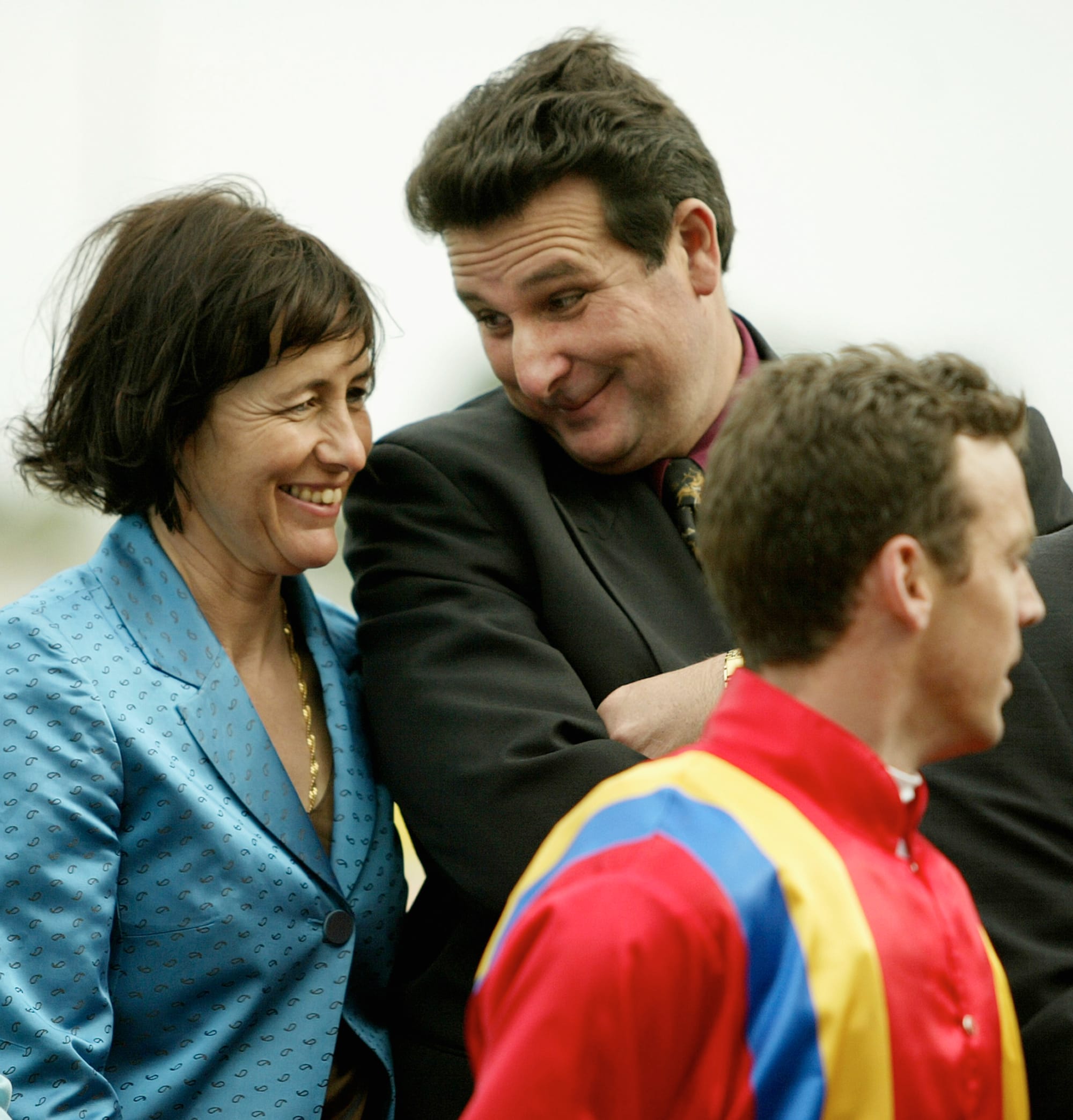
As training partners, Sunshine Coast-based Symons and Laxon were cut from the same cloth.
“That’s why we had so much success at Macedon Lodge. We’d both had lives with horses away from racetracks. Sheila rarely galloped horses, preferring to use the hills, which she’d done in New Zealand. We’d both come from equestrian backgrounds. We had similar ideas,” Symons said.
“She has had to adapt to training on a flat track up here and I’ve had experience doing that and she’s learned to adapt, which is one of the keys to a successful partnership.”

